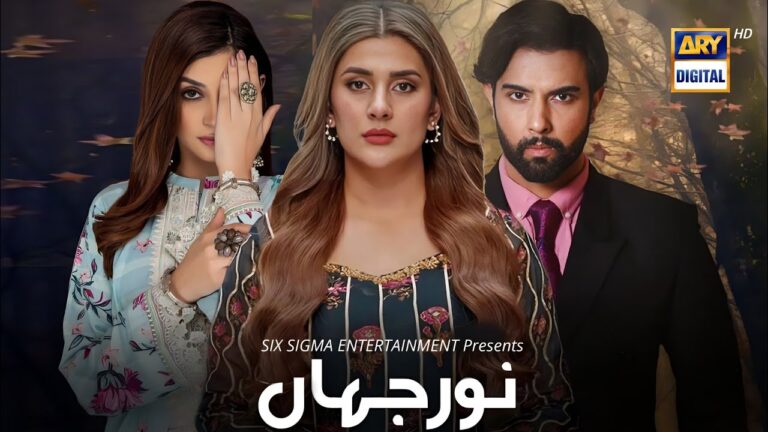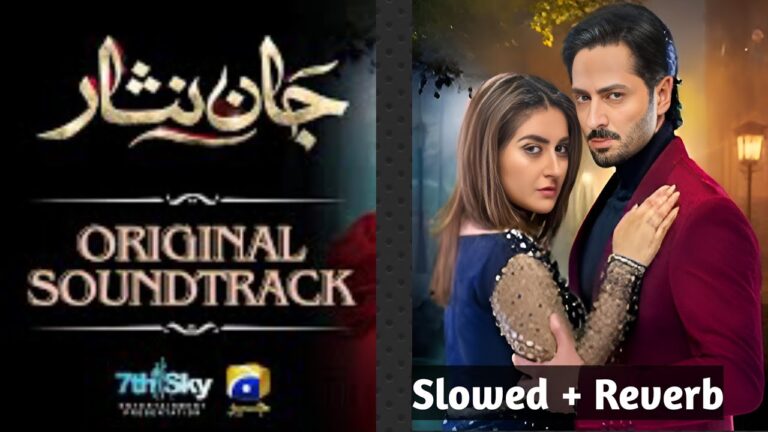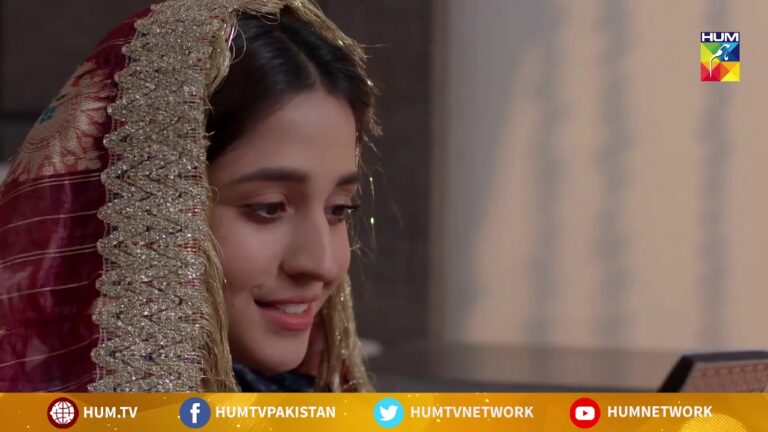Sotan Drama Review: Sotan dramas, prevalent in South Asian cinema and television, delve into the complexities of polygamy and its impact on family dynamics. These narratives explore themes of love, jealousy, betrayal, and the struggles for power and acceptance within a polygamous household. This review analyzes a fictional Sotan drama, dissecting its plot, characters, and social commentary.
Plot Overview
The central characters in our fictional Sotan drama are Meher, the first wife, a kind and compassionate woman; Zoya, the second wife, younger and ambitious; and Rizwan, the husband, caught in the emotional crossfire. Meher and Rizwan have built a loving life together, but their happiness is marred by their inability to conceive. Zoya is introduced into the household to fulfill Rizwan’s desire for an heir.
Meher, initially resistant to Zoya’s arrival, grapples with the emotional turmoil of sharing her husband. Zoya, seeking Rizwan’s affection and a secure future, subtly manipulates situations to gain favor. Rizwan, torn between his obligations to both wives, tries to maintain a fragile balance.
As the drama unfolds, tensions escalate. Zoya becomes pregnant, further isolating Meher. Whispers and suspicion cloud the household, fueled by manipulative relatives or friends. Meher’s loneliness intensifies, and she might confide in a trusted confidante, like a sister or childhood friend. Zoya might take advantage of Rizwan’s divided attention, creating situations that paint Meher in a negative light.
The narrative explores the emotional toll on all characters. Meher might face social alienation or blame for the childlessness, despite Rizwan’s inability. Zoya might deal with guilt or societal judgment for entering a polygamous marriage. Rizwan juggles his responsibilities, potentially neglecting one wife for the other, leading to further resentment.
The climax could involve a significant event that exposes the underlying tensions. This could be a public argument, a health crisis, or a revelation of Zoya’s manipulations. The event forces Rizwan to confront the consequences of his choices and the fractured state of his family.
Character Analysis
-
Meher: The audience sympathizes with Meher, the wronged wife. Her kindness and patience are tested as she endures emotional abuse and societal pressures. The portrayal can evoke empathy for the challenges faced by first wives in polygamous marriages.
-
Zoya: Zoya’s character can be portrayed in various ways. She could be a sympathetic figure, yearning for love and security. Alternatively, she might be depicted as manipulative and ambitious, willing to exploit the situation for personal gain.
-
Rizwan: Rizwan is often caught between his wives. He might be portrayed as a weak character, unable to handle the complexities of the situation he created. Alternatively, the drama could explore his internal conflict and the societal pressures that lead him to take a second wife.
Social Commentary
Sotan dramas often serve as a commentary on the social realities of polygamy. The narrative can highlight the emotional strain it places on women, particularly the first wife. It can critique societal expectations regarding childbirth and the pressure to provide an heir. The portrayal of relatives or friends who exploit the situation can expose the hypocrisy and manipulation that can fester within such family dynamics.
Themes
-
Love and Betrayal: The core conflict revolves around the betrayal of love and trust within a marriage. Meher feels betrayed by Rizwan’s decision to take a second wife, while Zoya might feel betrayed if Rizwan’s affections lie elsewhere.
-
Sacrifice and Suffering: The drama explores the sacrifices women make within a patriarchal society. Meher might endure emotional hardship to preserve the family unit, while Zoya might sacrifice her own happiness for a perceived sense of security.
-
Family Dynamics: The narrative delves into the complexities of family relationships in a polygamous setting. It explores the power struggles, jealousy, and competition for attention that can arise within such a household.
Building upon the foundation laid in the previous review, let’s delve deeper into the complexities of Sotan dramas. We’ll explore opportunities to add nuance to the characters, subvert traditional tropes, and weave in additional themes for a richer narrative tapestry.
Character Nuance
-
Meher: While Meher is often the sympathetic protagonist, explore the depths of her character. Does she harbor resentment that manifests passively-aggressively? Does she find solace in a hidden talent or pursuit, showcasing her resilience?
-
Zoya: Give Zoya more agency. Perhaps she genuinely cares for Rizwan but struggles with societal pressures to produce an heir. Maybe she possesses a hidden strength or ambition that carves an independent path for her.
-
Rizwan: Don’t portray Rizwan as solely weak or indecisive. Explore his motivations for polygamy. Was it societal pressure, a genuine desire for a child, or manipulation by others? Rizwan could grapple with guilt or attempt to create a semblance of balance within the household.
Subverting Tropes
-
The Seductive Second Wife: Instead of portraying Zoya as the stereotypical temptress, challenge that notion. Perhaps she’s apprehensive about entering the household or harbors insecurities of her own.
-
The Sterile Wife: Move beyond the trope of the childless wife being solely defined by her infertility. Meher could find fulfillment in other aspects of her life, like pursuing a career or nurturing relationships outside the marriage.
-
The Blighted Family: Don’t paint an entirely bleak picture. Show pockets of warmth and connection. Maybe Meher and Zoya develop an unlikely understanding or find common ground. Perhaps Rizwan prioritizes quality time with all family members.
Additional Themes
-
Sisterhood and Solidarity: Can Meher and Zoya find strength in each other? Explore the possibility of them forming an alliance against a manipulative Rizwan or societal expectations.
-
Mental Health: Polygamy can take a toll on mental well-being. Show characters seeking therapy or confiding in confidantes, highlighting the importance of mental health support.
-
Empowerment: While the drama can depict the struggles within a polygamous structure, can it also showcase female empowerment? Perhaps Meher or Zoya advocate for their rights or defy societal norms.
Incorporating Social Issues
-
Class and Power Dynamics: Explore how class differences between wives or societal pressures based on socioeconomic background influence the dynamic within the household.
-
Education and Agency: Can education empower the wives? Show them advocating for their rights or making informed choices about their lives.
-
Legal and Societal Reforms: The drama can subtly introduce the legal ramifications of polygamy or societal movements advocating for change.
Ending with a Bang
-
Open Ending: Leave the audience pondering the future. Do Meher and Zoya stay? Does Rizwan make amends? An open ending can spark conversation and encourage viewers to imagine their own resolutions.
-
Bittersweet Conclusion: The drama might not offer a happily-ever-after, but show a glimmer of hope. Perhaps the characters find independence or learn valuable lessons about relationships.
-
Socially Conscious Resolution: The drama can conclude with a message advocating for reform or highlighting the importance of individual choice within a polygamous structure.
Conclusion
Sotan dramas offer a window into the emotional complexities of polygamy. Through compelling narratives and relatable characters, they evoke empathy for the struggles faced by those caught in such situations. The genre also provides social commentary, critiquing societal norms and the pressure to conform. While this review focused on a fictional drama, it serves as a springboard to analyze and discuss the real-life implications of polygamy.










+ There are no comments
Add yours